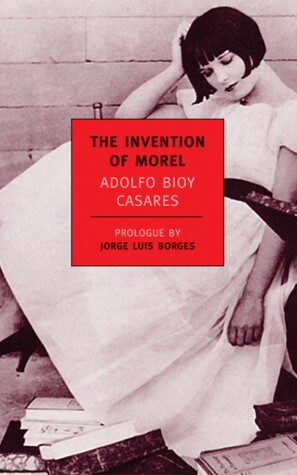Reviewed by Michael @ Knowledge Lost on
This is the book that launched Adolfo Bioy Casares’s career, despite being his seventh book. He remains a little obscure outside of Argentina, even though his friend Jorge Luis Borges is known to sing his praises. While this book is sometimes categorised as science fiction or fantasy, for me it reads like a psychological adventure story. Rather than focusing on a plot which is common in genre fiction, he prides himself in making the book plotless and almost formless. This is a unique style for a novel like this but helps explore the inner psyche of the narrator.
The way the novella is written leaves you constantly questioning the reliability of the narrator. This is done in many different ways, from the disease that is apparently effecting the island (symptoms seems to be similar to radiation poisoning) to the hallucinations the narrator experiences from food poisoning and just the bizarre nature of the novella as a whole. I found this to be an effective way to explore The Invention of Morel and the main protagonist. It was these psychological elements of the book that I ended up appreciating.
The Invention of Morel was written in a time where radiation has a hot topic. I do not know much about the history of radioactivity but I know Marie Curie died in 1934 from aplastic anaemia, which is believed to be brought on by exposure to radiation, then in the 1940s there was a race to perfect the nuclear bomb. This I believe had an effect on Bioy Casares’s novella and helped him explore the idea of dying which leads to the theme of waiting for his soul to pass on.
I have to add that the reason Louise Brooks was put on the cover of the edition I read was because Adolfo Bioy Casares wrote this novella as a reaction to the demise of her film career. Take that to mean what you will, I do not know anything about Brooks to be able to draw any connections between her life and the book. Also the illustrations were provided by Norah Borges, Jorge Luis Borges younger sister. I am so please to have read The Invention of Morel, it was such an enjoyable experience and this novella is something I will contemplate for years to come.
This review originally appeared on my blog; http://www.knowledgelost.org/book-reviews/genre/classic/invention-morel-adolfo-bioy-casares/
Reading updates
- Started reading
- 2 January, 2017: Finished reading
- 2 January, 2017: Reviewed
